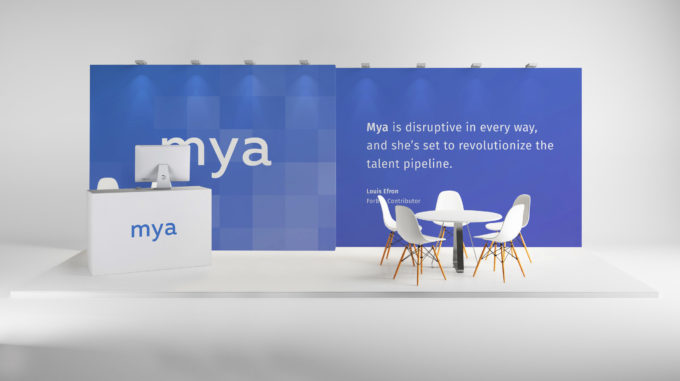Digital transformation initiatives often fail because they lack clear objectives. Michael Wade and Massimo Marcolivio propose a set of KPIs to measure results in a pragmatic way.
In our 2021 article “Measuring Digital Transformation”, we argued that applying appropriate KPIs (Key Performance Indicators) is essential for the success of digital transformation initiatives. Further research and experience continue to highlight the importance of relevant measurements and the challenges of defining, collecting and analyzing this data. Therefore, we developed a comprehensive KPI taxonomy to help organizations move from ‘what’ to ‘how’ when it comes to assessing their transformation journeys and improving value creation.
Why Measures Matter
Digital transformation initiatives often fail because they lack clear objectives. When organizations pursue digital technology upgrades without carefully identifying the goals of each aspect of digital transformation and how to define a successful implementation, they put new projects at risk. Objectives need to be specified and measured. Progress towards identified goals must be assessed so that appropriate adjustments are made, and resources reallocated along the way, based on real numbers. Thankfully, digital projects lend themselves well to measurement. Gathering relevant data before, during and after a given initiative is essential to tracking digital transformation KPIs. These are the indicators – the proof – that show the value created to skeptical executives. ‘Good numbers’ – metrics that prove that technological enhancements are leading to value creation – are key to winning the intra-organizational competition for budgets and other limited resources, and for securing management support.
24 digital transformation KPIs
Our taxonomy of 24 digital transformation KPIs encompasses four categories (see Table 1). Two categories – Operational Efficiency and Employee Engagement – are largely inward-facing, while the other two – Customer Engagement and New Sources of Value Creation – are outward-facing. These categories represent the main areas where digital transformations can create value: through improved operations and efficiency on one side, and enhanced revenues on the other.
Operational Efficiency
This category of KPIs focuses on cost-saving and improvements in speed and efficiency. It includes measures to: increase execution speed, reduce errors, reduce maintenance costs, increase service availability, reduce cyber-attack recovery time, and enhance sustainability. If time is money – and in many regards it is – then measuring execution speed – the time needed for essential activities – is an obvious focal point of analyzing value creation. GE Healthcare Japan utilizes digital technologies in radiology and medical imaging to provide accurate diagnostic services and recommend treatments. The company was able to reduce the time from order receipt to fulfillment, from one and a half months to less than one month, by adopting embedded and edge solutions to bring computation and storage closer to the data sources.
Digital technologies can also be used to reduce defects and errors. The Airbus Group adopted wearables (smart glasses using contextual marking instructions) on the assembly line, reducing its error rate to zero. The reduction of errors/defects is a valuable KPI to measure digital transformation.
Uptime – the percentage of time a service or piece of equipment is functioning and available for use – is another vital KPI for every organization. Equipment downtime for front-end, customer-facing services have obvious negative consequences on a business. But internal, behind-the-scenes performance issues can be just as damaging, especially when they prevent access and analysis of high-value data. Under Armour, for example, put data aggregation and protection at the center of product development while unveiling its Connected Fitness application. By investing in more dependable and streamlined access to high-value data, it achieved 100% uptime within an infrastructure that protects 300 applications and 1,000 virtual machines, and is replicated across two data centers hundreds of kilometers apart.
Digital transformation KPIs are increasingly linked to sustainability objectives. Depending on the industry, this can focus on different aspects of sustainability, from the savings on energy, water, or paper, to space optimization and more. AeroFarms is active in indoor vertical farming. Leveraging digital solutions such as advanced IoT and data analytics, the company carefully measured the effects of its technology innovations on its impact on the planet. The company saw a 95% saving on water compared to conventional farming, with yields up to 390 times higher.









